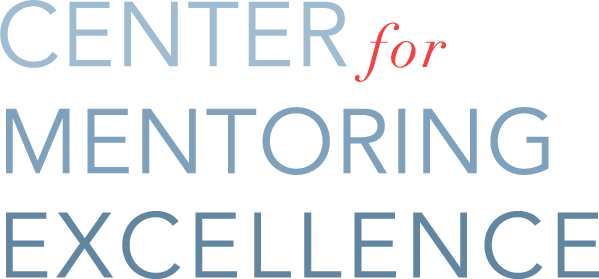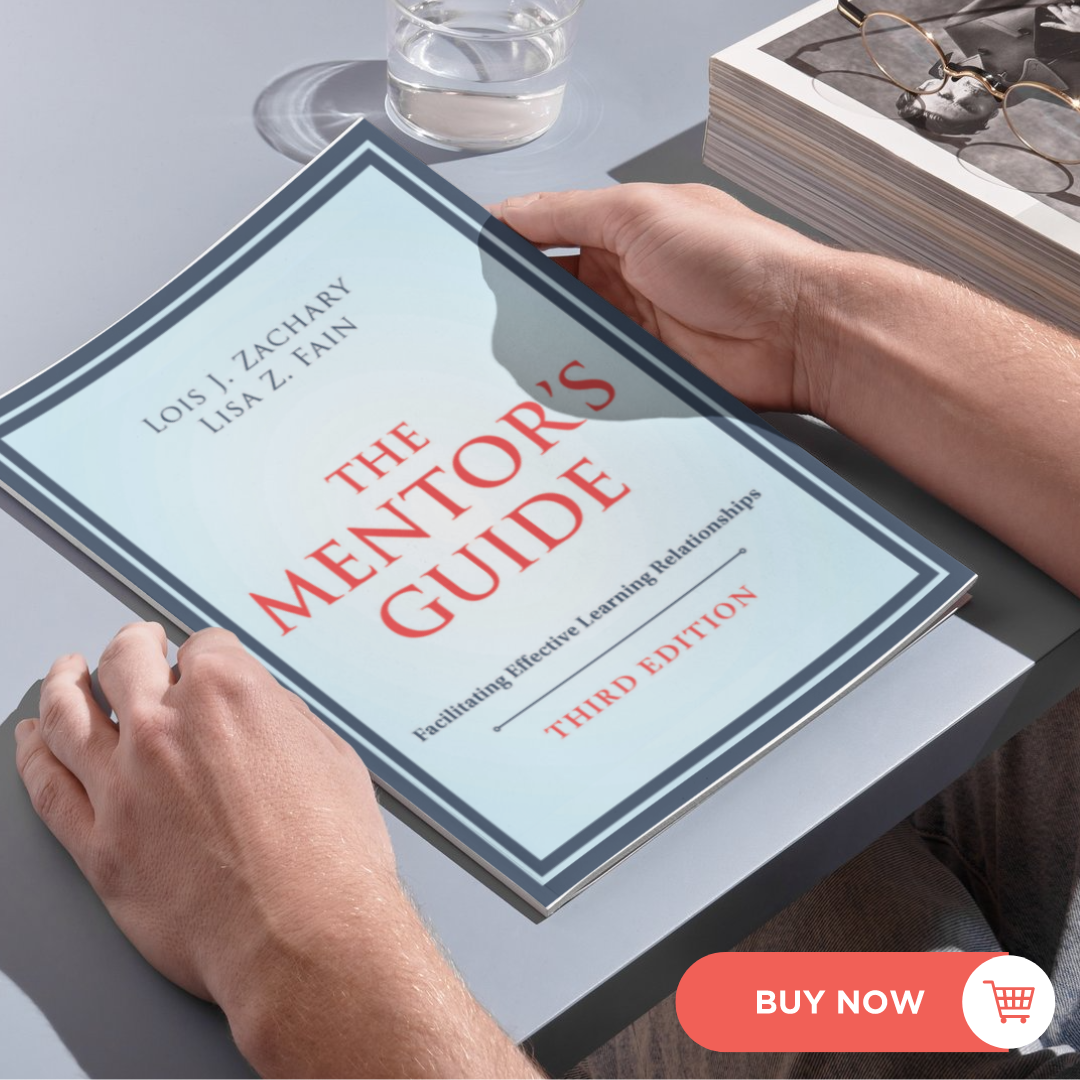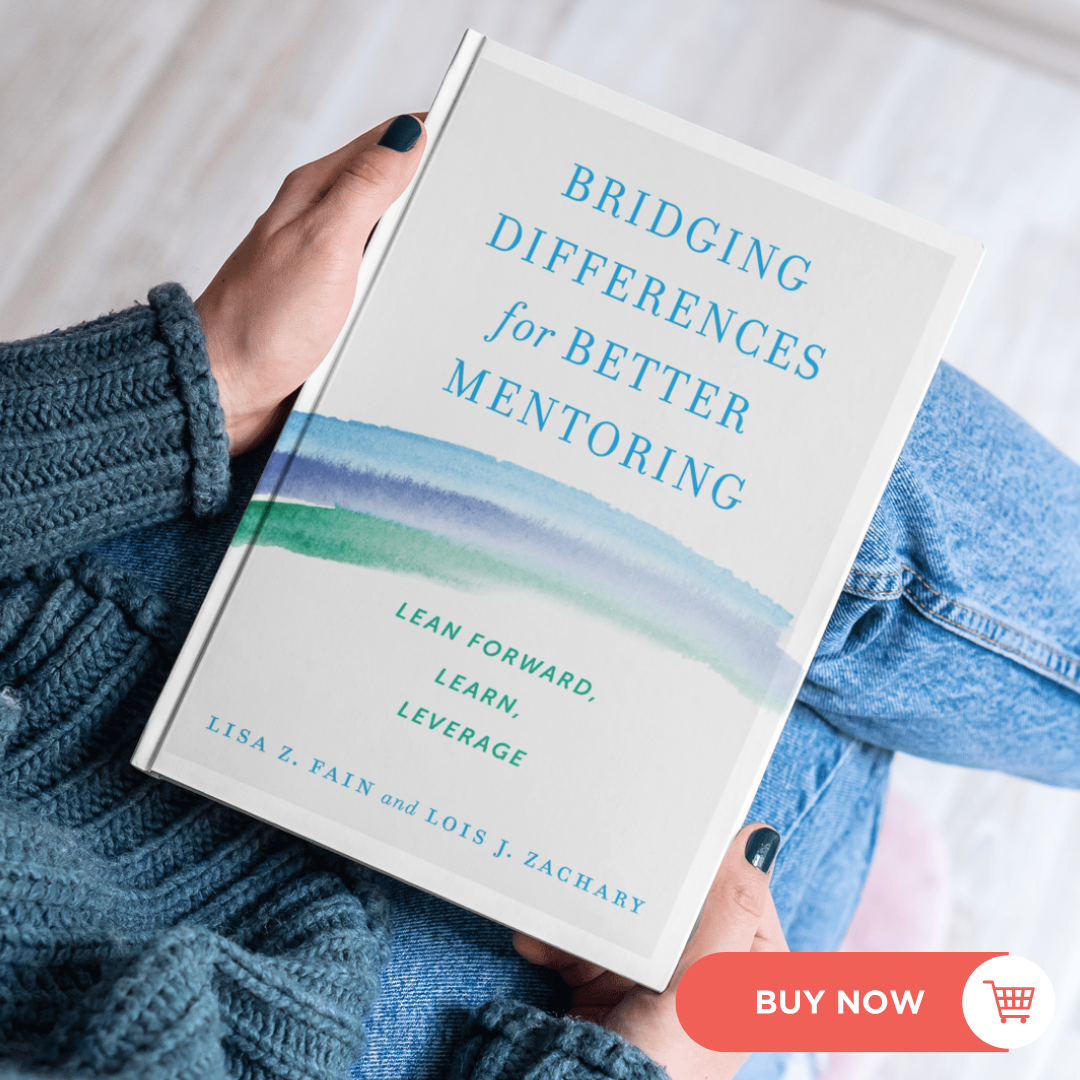In mentoring, it is essential that we bridge differences between individuals to form more meaningful connections. This can be beneficial for networking, job satisfaction, upward mobility, and general well-being. As a mentor or mentee, you may be different from your mentee in race, religious affiliation, gender, sex, or any other element of your identity. White mentors can develop antiracist behaviors in their personal and professional lives by having an allyship partner on their allyship journey.
For more on how to create an allyship partner, see our last blog post. Today, we add another component to your allyship journey. Much of the work you have done up to this point has probably been internal. You have taken the time to think about your interactions and experiences from your perspective. A good ally seeks and is receptive to feedback from others about their behavior.
You aren’t growing unless you are receiving feedback. Life experiences, perspective-taking, and feedback have taught me some of the greatest (and hardest lessons). A few years ago, I attended an event on white fragility with a group of friends. Nearly all of us are White, as was most of the audience. One of my Black friends, we’ll call her Makayla, also joined. We were waiting in line for entry to the auditorium when a White man from the crowd began questioning several group members about the premise of white fragility. In initially a curious tone, he did so but started to get more aggressive with his questions. Quickly, all of his questions became targeted towards Makayla. We were all uncomfortable with his line of questioning, yet no one stepped in to assist Makayla as she fielded all of his questions.
Makayla later told me that this had upset and disappointed her (looking back, it’s pretty apparent why she felt that way). The irony that I was in line for a white fragility talk, and I felt uncomfortable stepping in to assist my friend as she talked to a persistently ignorant white man is not lost on me. What’s more, I didn’t learn about, nor did I realize, how much this had bothered her until nearly a year later. Not only had I failed to practice what I preach, but I had also failed a friend in several ways. I did not help her when she needed help, and I had not opened myself up for feedback from her. Sure, I could talk about racial injustice research, but could I walk the walk when it mattered? If it weren’t for her sharing this story, I would not have realized that I needed to become a more active ally. While I’m glad Makayla was able to share the story, I wished that I would have a.) made myself open for feedback from her sooner, and b.) realized my mistake on my own.
This story has multiple components we can use to talk about allyship for mentors. How do you know when to step up to support a person of color? How do you ensure that you are open to feedback? How do you seek feedback? How do you respond to feedback?
Inviting Feedback
Feedback. Is it me, or does that word suck the life out of you? I’m a person that thrives off of receiving feedback, and I still hate the phrase, “Can I give you some feedback?” In her book, Feedback (and Other Dirty Words), Tamra Chandler reminds us that we are conditioned to automatically tense when we become aware of the potential for receiving feedback. Although negative feedback may not feel good, it can indeed be a gift. When Makayla reminded me of that incident, I drove home with nothing but that event re-playing in my mind. I cringed at the memory, but I needed that feedback to grow.
Receiving feedback when it comes to your allyship performance is especially difficult. It’s a direct hit to your ego and values, making it some of the most challenging feedback you will ever receive. I encourage you to seek feedback regarding your antiracist behaviors from a trusted allyship partner. By this point, you have spent time building trust, creating boundaries, and getting to know each other. Thus, feedback will feel less harmful from someone you know has your best interest at heart. You may even seek feedback about how you are receiving feedback from their feedback!
Below are some tips that you can use to prepare yourself for feedback. Practice and discuss these techniques and others with your allyship partner in your next meeting. You may choose to start with general feedback about how the mentoring relationship progresses before addressing allyship behaviors. Practicing receiving and giving feedback with your allyship partner will prepare you for other professional encounters and mentoring relationships.
As I listened to Makayla’s feedback, I had to remind myself not to plead my case or apologize, listen actively, and plan to reflect and do better next time. Try to pay attention to this as you and your partner give each other feedback.
When I got home from the conversation with Makayla, I called my allyship partner, another White woman on her own allyship journey. I told her how terrible I felt for hurting my friend, not walking the walk, and not being mindful of my mistake. She listened, and we collaborated on ways for both of us to identify moments when we can amplify voices of color and step into conversations for support. Your allyship partner will serve as a neutral agent that can help you process the event to extract the most developmental opportunities.
Use the feedback as momentum to propel you and your allyship to do better next time.
The combination of practicing and seeking feedback from like-minded folks will also give you momentum through your allyship journey. Lastly, remember that you are not alone on this journey. By now, you have your allyship partner, continue to use this relationship as a tool for reflection, practice, and discussion.
Next Post:Amplify Voices of Color
CME is honored to be named a Top 10 Mentoring Blog by Feedspot



